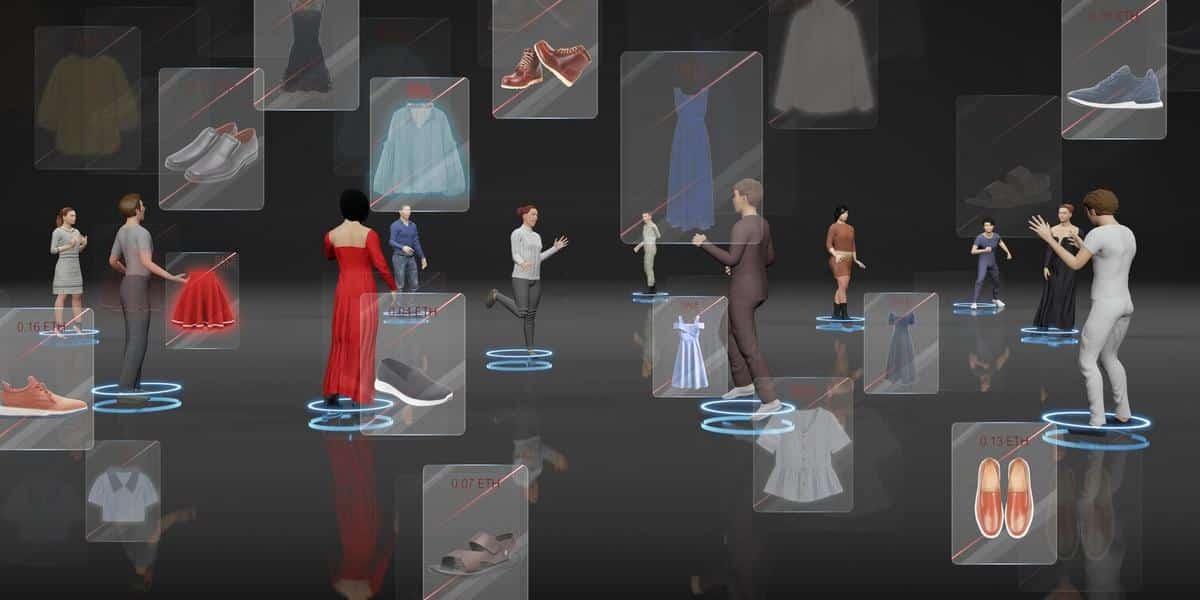
The Rise of Digital Influencers and Virtual Models
The fashion landscape is undergoing a significant transformation, driven by the rise of digital influencers and virtual models. These modern-day trendsetters are not only redefining how brands connect with consumers but also how individuals perceive fashion and style in the digital age.
The Digital Shift in Fashion
Digital influencers and virtual models have become integral to the fashion industry, offering brands a unique avenue to reach their audience. Unlike traditional models or influencers, these digital personas can be customized to fit a brand’s aesthetic perfectly, providing endless possibilities for creative marketing.
Expert Insights
According to industry expert Dr. Jessica Smith, “Digital influencers offer a level of flexibility and creativity that traditional marketing methods can’t match.” This adaptability has made them a favorite among fashion brands looking to innovate their marketing strategies.
Statistics Highlight the Trend
Recent studies indicate that 67% of marketers plan to increase their investment in influencer marketing in the coming year. This surge is largely attributed to the effectiveness of digital influencers in engaging with younger audiences who are more inclined toward digital content consumption.
Real-Life Examples
Consider the case of a well-known fashion brand that collaborated with a virtual influencer, generating a 20% increase in online engagement. This partnership not only boosted the brand’s visibility but also showcased the potential of digital personas in driving consumer interaction.
Actionable Tips for Brands
- Identify your target audience and select digital influencers that align with your brand values.
- Engage with influencers on multiple platforms to maximize reach.
- Track performance metrics to gauge the effectiveness of your campaigns.
Collaborate with digital influencers for limited edition releases to create exclusivity and buzz around your brand.
Comparison Table: Digital vs. Traditional Influencers
| Aspect | Digital Influencers | Traditional Influencers |
|---|---|---|
| Customization | Highly customizable | Limited to personal style |
| Engagement | High with younger demographics | Varies |
| Cost | Potentially lower | Higher |
| Flexibility | Unlimited creative potential | Constrained by physical presence |
| Scalability | Easy to scale | Limited by individual capacity |
| Time Efficiency | 24/7 availability | Limited by schedule |
| Brand Alignment | Perfect alignment possible | Requires negotiation |
| Innovation | Driven by technology | Traditional methods |
Frequently Asked Questions
What is a digital influencer?
A digital influencer is an online persona created to engage audiences in various niches, often using social media platforms.
How do virtual models differ from traditional models?
Virtual models are computer-generated images that can be designed to fit any brand’s requirements, unlike traditional models who are real people.
Are digital influencers effective for all brands?
While they are highly effective for brands targeting tech-savvy audiences, their success depends on the relevance to the brand’s target demographic.
Conclusion: Embracing the Future
The rise of digital influencers and virtual models is not just a passing trend but a reflection of the evolving fashion industry. Brands that embrace this shift can tap into new markets and engage more dynamically with their audiences. As technology continues to advance, the potential for digital influencers will only grow, making it a pivotal tool for modern marketing strategies.